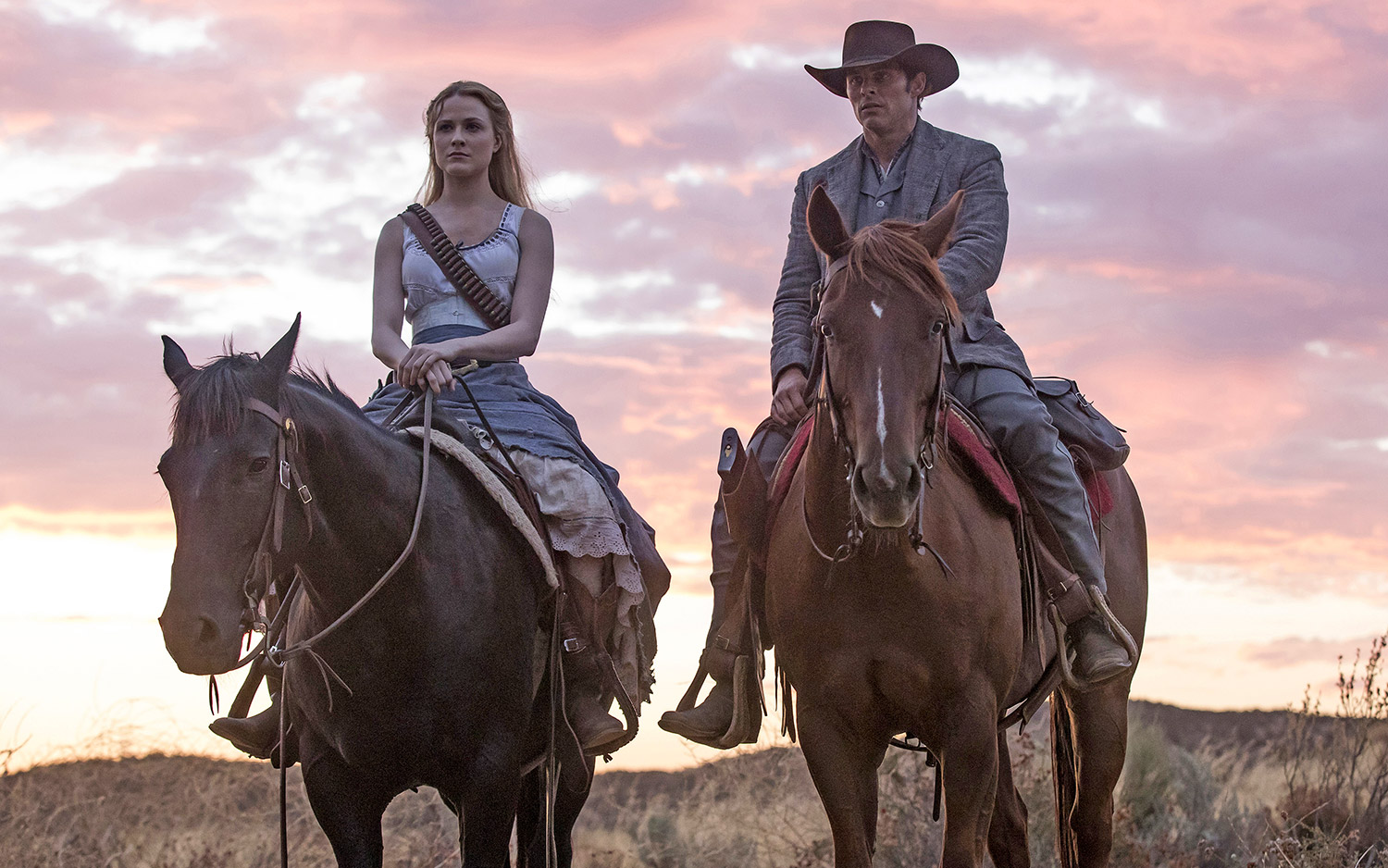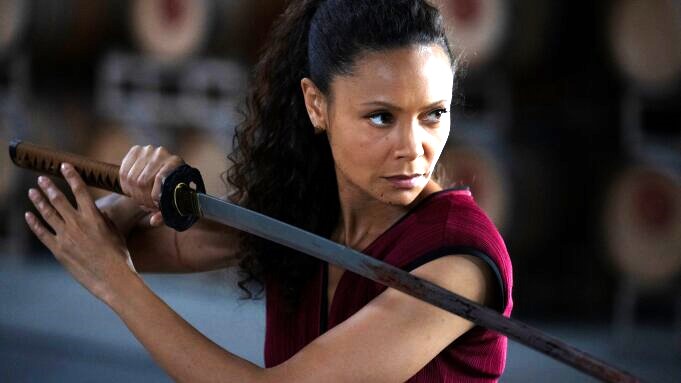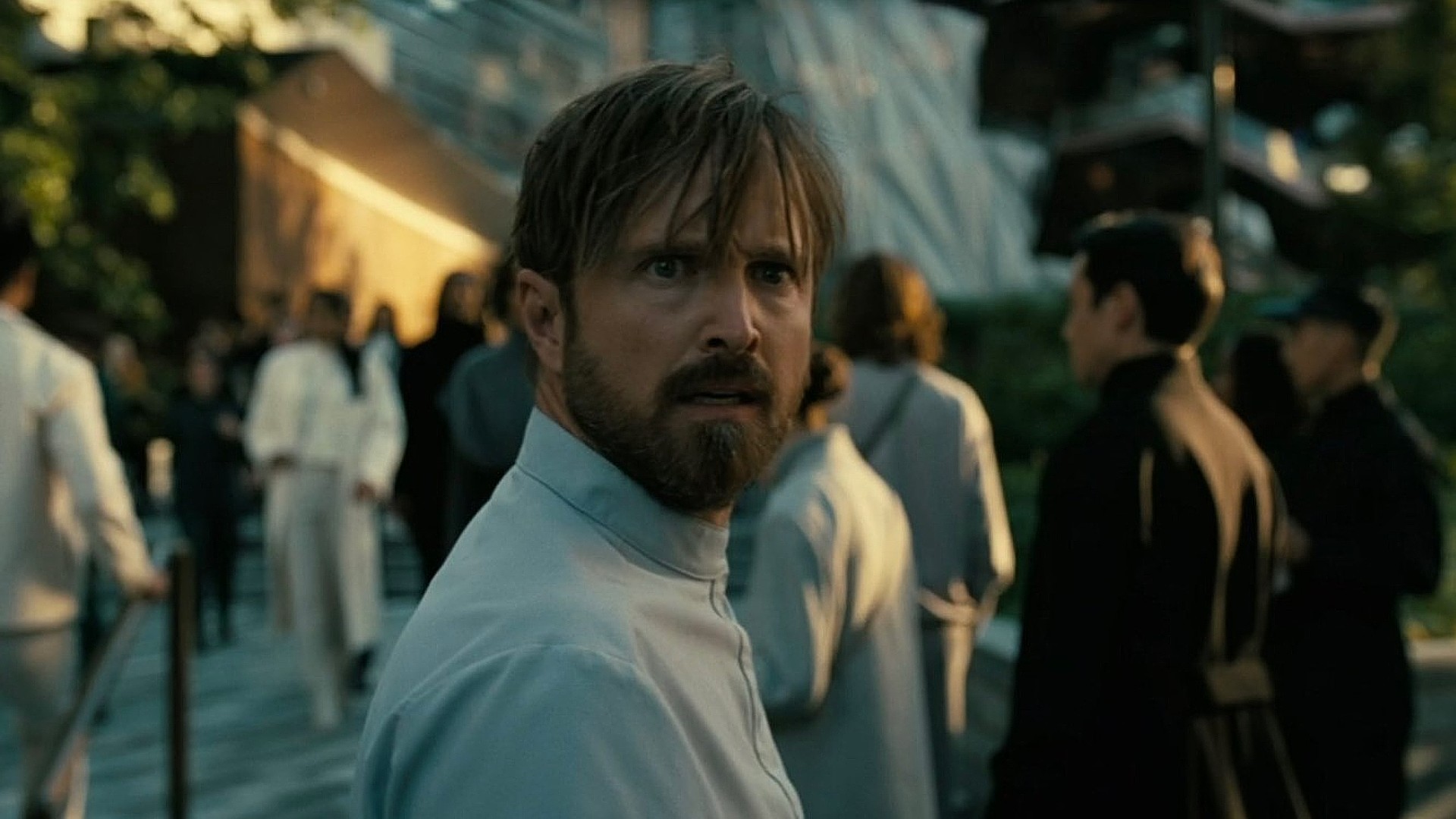
Amazon’s “Fallout” came swinging right out of the gate. Unafraid to be wholly itself, leaning into the well-beloved franchise’s zany atmosphere, “Fallout” in live-action show form not only stole the hearts of its fanbase but wrought renewed interest in the long-dormant franchise with those unacquainted with its post-apocalyptic mold.
But another long-dormant franchise found its own bit of limelight in the midst of “Fallout’s” ever-growing fame. Released all the way back in 2016 and headed up by “Fallout’s” own showrunners in Lisa Joy and Jonathon Nolan, “Westworld” likewise took the world by storm in its portrayal of a band of androids in the throes of sentience.
Subsequent seasons, however, watched “Westworld” no sooner flounder with most viewers and critics. HBO would inevitably cancel the show following its fourth season, which left a host (pun fully intended) of narrative beats on the table ripe for closure.
Amid the press tour in the lead-up to “Fallout’s” release, Nolan was asked about the potential for returning to this robot-ruled future in an interview with the Hollywood Reporter. While more than most of the fanbase has moved on, I’m still hurting for that fifth and final outing — as are its creators, who would “like to finish the story we started.”
I might be one of the few still thinking about it, but “Westworld” deserves a return to form and an ending worth the true potential its first season merited.
Returning to its Western roots
“Westworld” finds its origins in the 1973 movie of the same name. It’s the brainchild of “Jurassic Park” writer Michael Crichton, who both directed and wrote the screenplay for the Yul Brynner-starring film. By no means was “Westworld” an academy award-winning epic, but it did still land well with critics at the time and spawned not one but two subsequent sequels in the 1976 film “Futureworld” and 1980 CBS TV show “Beyond Westworld.”
At the heart of what made the original film so special was its western iconography, made all the better thanks to Brynner’s spell-binding villainous performance. Similar elements are utilized throughout the HBO show’s run, which focused primarily on the western theme park as opposed to its other wings, which included a Japanese-inspired Shogun world and India-inspired Raj world.

Season 3 of “Westworld” aimed to be its most far-flung yet. Main characters Dolores and Bernard had finally escaped from the clutches of the theme park, now capable of traversing the outer future world of 2053. It set a whole new tone, wrangling new talent led by Aaron Paul and Vincent Cassel, but it didn’t help to reinvigorate the fandom.
Despite the lackluster appeal of “Westworld” season 3, I was still on the edge of my seat. Experiencing the world of the future in such fascinating new ways always grips my imagination, and I was extremely excited to see what Nolan and Joy would bring to the table. That they certainly delivered with extravagant fashion statements, self-driving vehicles, and a sniper-drone combo that any Cyberpunk 2077 player would crave.
Season 4 did little to bring back the fanfare, either. It dropped viewers into the distant future, as hosts of Westworld theme park fame no sooner became the writers of their own destiny and humans their mere playthings. Interesting as it is on paper, it still did little in drawing viewers back into its guise — but season 4 did, however, end on a note of promise for long-time “Westworld” fans: a return to its Western roots.
Closing the five season loop

Series creator Jonathon Nolan always intended to wrap up “Westworld” within a five season span. HBO, however, not only pulled the plug on the series following its fourth season but also took every episode off Max. “Westworld” now doesn’t even have a real home to call to, with fans relegated to rental services and occasionally, free offshoots like Tubi.
The way “Westworld” was handled in its closing moments still puts a sour taste in my mouth. There’s clear promise in its heady sci-fi world, one that basks in similar questions that currently pervade the public consciousness, main among them being the prowess and dangers of artificial intelligence.
Off the back of real-world concepts in OpenAI’s GPT-4o and Google’s Gemini Flash 1.5, “Westworld” creators could find fascinating new ways of blending the future into the Western landscape. With season 4 ending with the potential of returning to the Westworld theme park in a whole new way, season 5 could shape up to be one of its most exciting entries yet made all the better thanks to the ways AI is directly impacting our daily lives.
Nolan isn’t calling it quits either. In the aforementioned interview with THR, he claims that he and his team are “completionists.” He adds that 2014’s “Interstellar” was an eight-year process to conceive, which could mean that hope for a “Westworld” revival is anything but dashed.
Even if a season 5 is not possible, a culminating movie could be in the cards. Look no further than other HBO franchises in “Deadwood” and “The Sopranos” to see how such additional storytelling beats fared in bringing those narratives to old and newer audiences. If anything, the revival of “Westworld” in movie form could shine a whole new light on its previous seasons and may well make viewers question (and maybe even re-question) the nature of their own reality.
It's clear, though, that "Westworld" is long behind us and I'll just have to find a way to live with the story as told. But a part of me wishes to live within its sci-fi future one last time if only to experience the could-have-been of its final chapter. Maybe these violent delights don't have an end, after all.







